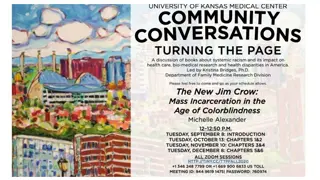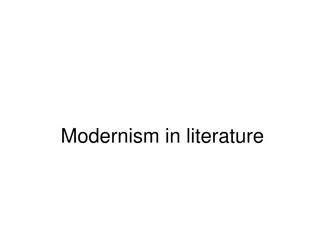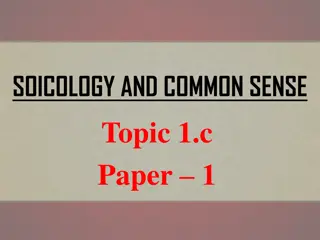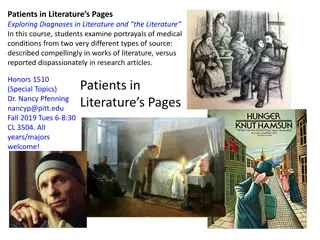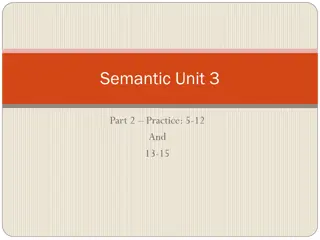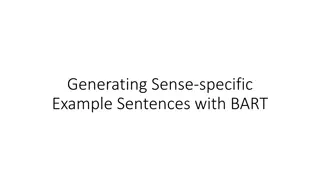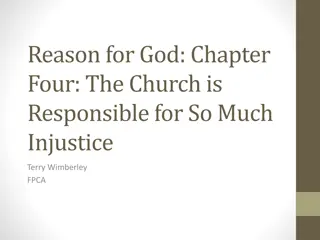Exploring the Sense of Injustice Through History and Literature
Delve into the concept of injustice with a comparative analysis of different theories of justice from Aristotle to Rawls, examining the impact of unjust decisions on societies and individuals. Reflecting on the writings of Holmes, Cahn, Shklar, and Moore, the discussion questions the evolution of justice and the nuanced perception of injustice over time. As Oliver Wendell Holmes aptly puts it, even a dog understands the distinction between being kicked and stumbled upon. The dynamic nature of injustice is further pondered upon by invoking the thought of movie producers and casting couch scenarios.
Download Presentation

Please find below an Image/Link to download the presentation.
The content on the website is provided AS IS for your information and personal use only. It may not be sold, licensed, or shared on other websites without obtaining consent from the author. Download presentation by click this link. If you encounter any issues during the download, it is possible that the publisher has removed the file from their server.
E N D
Presentation Transcript
JUSTICE? Aristotle, Plato, Mill, Rousseau, Locke, Marx, Rawls, Scanlon, Raz and many more Different theories of justice, different forms of justice, . . . The absence of justice; wrong, immoral or unjust decisions Is one society more just than another? Does justice increase over time? . . .
THE SENSE OF INJUSTICE Much less writing on this topic. O. W. Holmes, Edmund Cahn, Judith Shklar, Barrington Moore.
Even a dog knows the difference between: Being kicked and Being stumbled over. Oliver Wendell Holmes
DOES THE SENSE OF INJUSTICE CHANGE? THI NK O F THE M O VI E PR O DU C ER S C A STI NG C O U C H


![[PDF⚡READ❤ONLINE] In Ruins: A Journey Through History, Art, and Literature](/thumb/20543/pdf-read-online-in-ruins-a-journey-through-history-art-and-literature.jpg)
